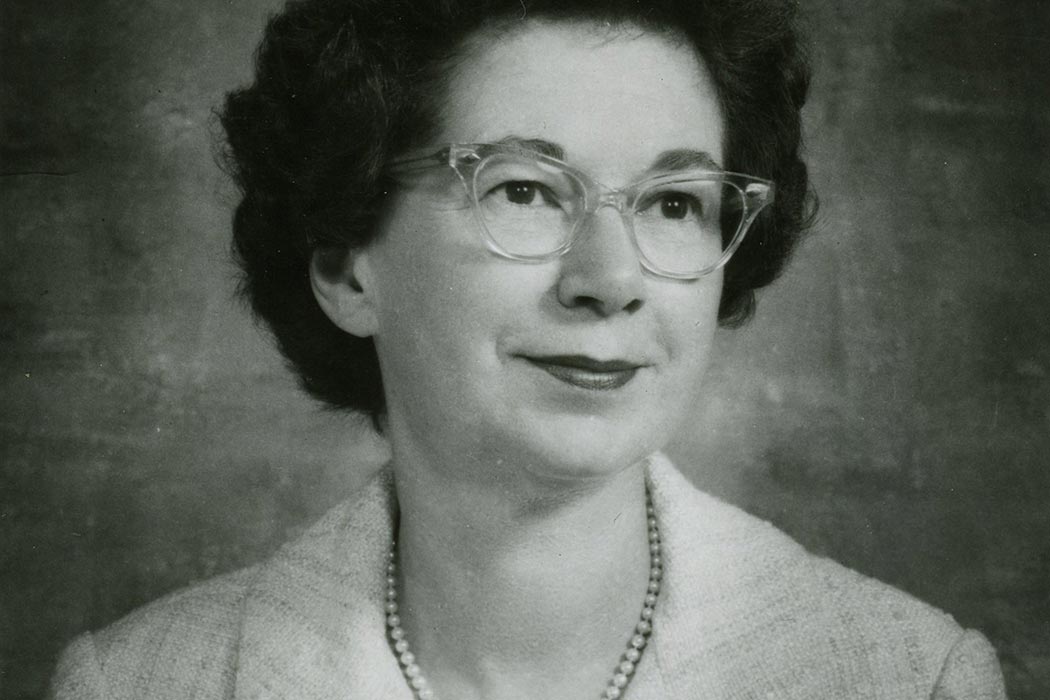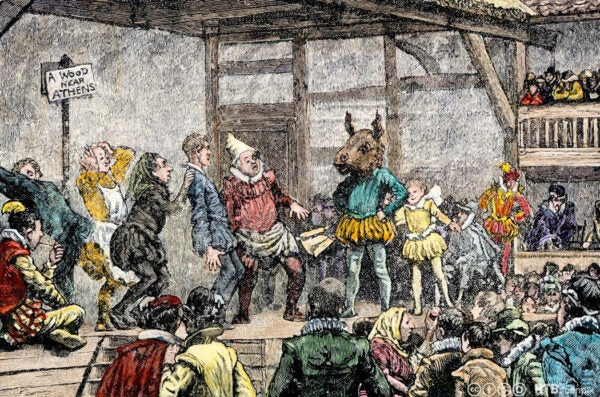American author Beverly Cleary turns 100 this week. Ever since the 1950 publication of her debut, Henry Huggins, Cleary has been prolific in her field, authoring over forty titles which have sold 91 million copies worldwide. She is recognized as a Library of Congress Living Legend and has won such awards as the National Book Award, the National Medal of Art from the National Endowment of the Arts, and the John Newbery Medal. Her birthday is even celebrated as “Drop Everything And Read” Day.
In a personal literacy statement for The Reading Teacher, Cleary explains, “I owe my literacy learning and appreciation to a mother who loved reading, read aloud, and believed in the use of the public library, and to my teachers who were strict in teaching the tools of writing.” Certainly this background informed her decision in the sixth grade to become a writer. As Paul C. Burns and Ruth Hines explain in an essay on Cleary’s wide appeal and humor, she aimed to write the books that she wanted to read, yet couldn’t find. In her own words, she wanted the “funny stories about ordinary American boys and girls. It seemed to me that all the children in books lived in foreign lands or were very rich or very poor or had adventures that could never happen to anyone I knew.” Burns and Hines argue that her professional training as a librarian helped prepare her for success in her field, “[h]er knowledge of children and her experience in working with them have made her extremely well qualified for writing just this kind of book.”
In her novels, which include Henry Huggins, Henry and Beezus, The Mouse and the Motorcycle, and Ramona Quimby, Age 8, Cleary expertly weaves together stories of the more mundane and everyday experiences of children in a way that readers of all ages appreciate. Burns and Hines explain, “[e]ach of Mrs. Cleary’s books is written in a simple style well suited to the subject matter. The characters have the virtues and faults of normal, everyday people. Their conversation is natural and realistic. They face problems familiar to most children and solve them in a childlike manner. Parents are warm and loving, interested and concerned, but not overly indulgent, so a good picture of family life is presented.”
The humor and realness in Cleary’s writing have always been what appealed to her fans. When she commented upon some of her most touching and memorable fan letters, she recalled, “I often think of a sentence written by a boy, ‘Your books always have chuckling sentences in them,’ and another from a girl who wrote, ‘I have a jumping feeling in my heart that you mean what you say in your books.’” Kids respond to honesty, something Cleary seems to know instinctively.
Get Our Newsletter
Cleary’s classic characters, books, and stories bestow a lasting gift for readers, one that continues to give, for fifty years and counting. Happy Birthday, Mrs. Beverly Cleary, and many thanks to you.







